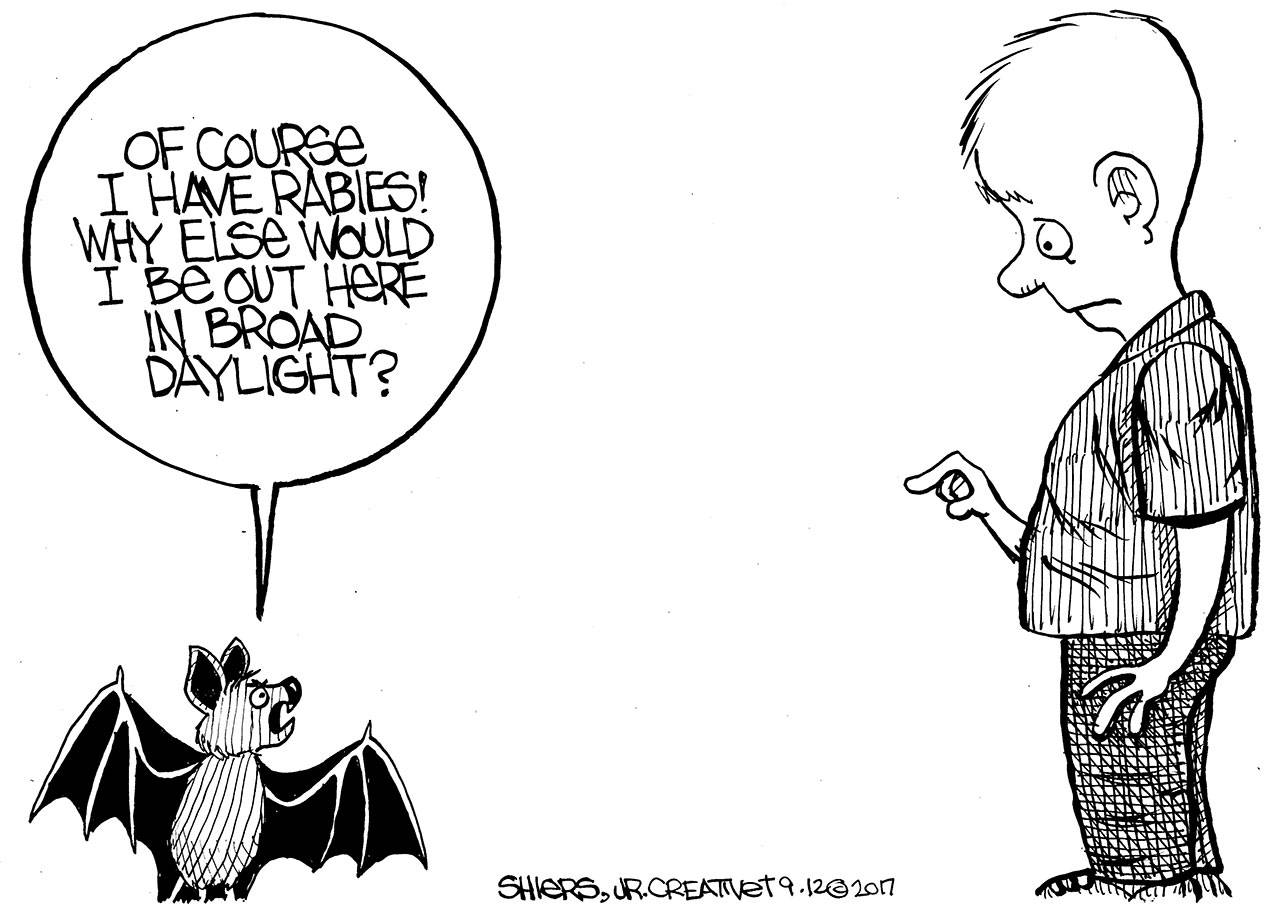Twelve bats found in public parks and private homes throughout Washington have tested positive for rabies since Aug. 1. While health officials test for and find rabid bats every year – typically during summer months – the August numbers are the highest in a decade, bringing the total number to 21 this year.
The number of bats submitted for testing in August was higher than in past years. Whether the rise is due to increased public awareness or other factors is not clear. What is clear is that many members of the public are doing the right thing: alerting local health officials if a family member or pet encounters a bat.
While any mammal can be infected with rabies virus, bats are the primary animal that carry rabies in Washington. It is important that people continue to take appropriate precautions if a bat is found – dead or alive. If you suspect that a family member or pet has had contact with a bat, do not touch the bat and call your local health department for next steps. More detailed precautions and information can be found on the Washington State Department of Health website.
In 2016, 20 rabid bats were identified across the state. This is up from 2015, when nine rabid bats were identified. The Washington State Public Health Laboratories tests between 200 and 300 bats per year. Typically, between three and 10 percent of the bats submitted for testing are found to be rabid.


